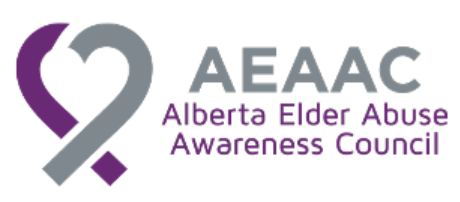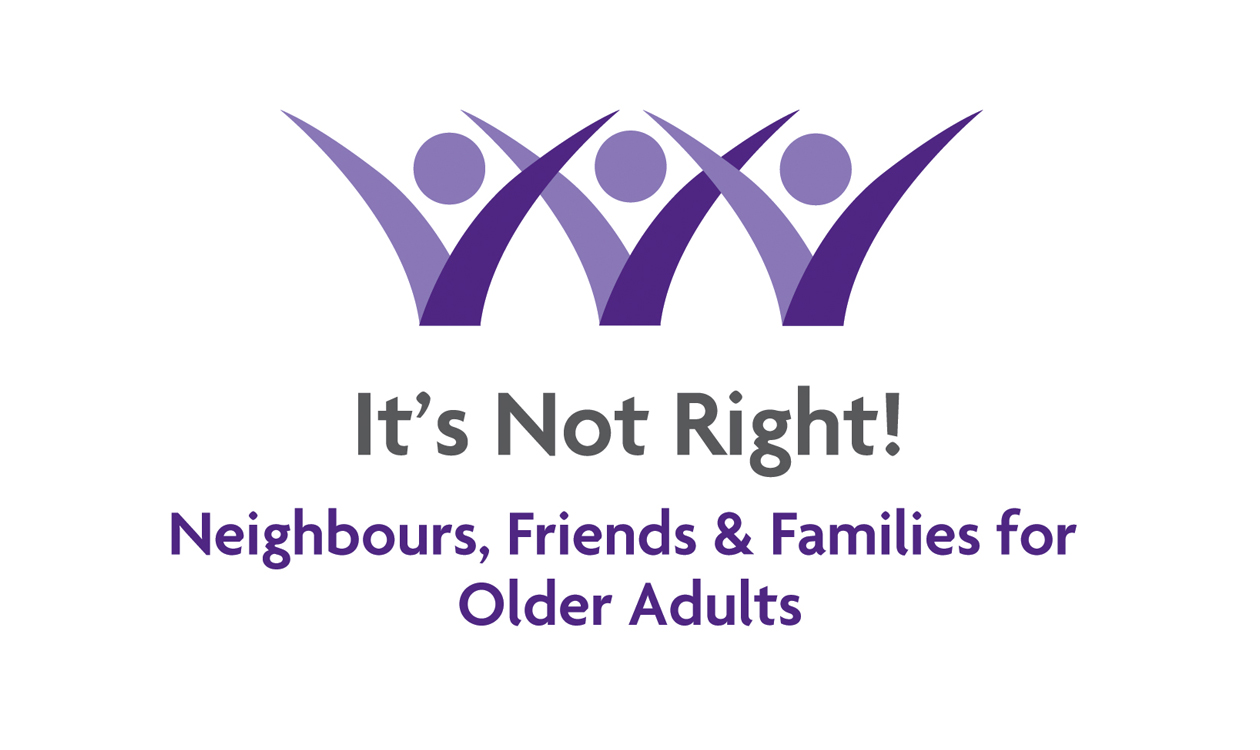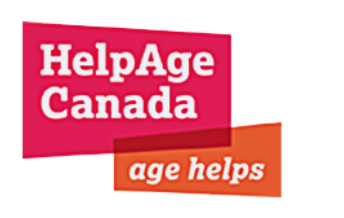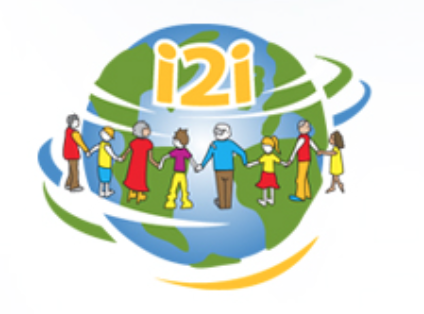- Details
- Published: 30 November 2016
The following resource is part of the Family Violence Initiative, funded by the RCMP. Find similar tools by searching for the FVIF tag or consult the list of available resources.
November, Financial Literacy Month, is an opportunity to take an in-depth look at the impact financial literacy has on older adults and their support networks. Financial literacy affects more than the financial well-being of individuals and communities as financial decisions and repercussions, informed or not, have widespread influences on our physical health, our mental well-being, and our social systems. One of CNPEA’s current projects is part of the Family Violence Initiative, and one of CNPEA’s goals for this project is to raise awareness about the intersection of elder abuse in a family context. This post will take a look at the way financial abuse affects elders and manifests within the family structure.
It is critical to note both the difference and the relationship between financial strain and financial abuse. Many Canadians of all demographics experience financial strain to some degree - Statistics Canada reports that for the first quarter of 2016, Canadians had on average $1.65 in credit market debt for every dollar of disposable income. Financial abuse, in general terms, concerns the type and degree of control an individual exerts over the finances of another. As Bagshaw notes in "Elder Mediation and the Financial Abuse of Older People by a Family Member"1, it usually involves the illegal or unauthorised use of another’s assets. Financial abuse can be broadly characterised under two often-overlapping categories; abuse of assets and restriction of access to assets. Common examples include theft, fraudulently obtained access to, or control of assets, and coercion or deception involved in the will-making process or the appointment of power of attorney. Financial abuse is frequently complicated by the accompaniment of emotional abuse and for some elders, decreasing mobility and earning opportunities.
Studies have observed that financial abuse of elders is most commonly perpetrated by adult family members, most often children or grandchildren. Unemployed family members residing with an elder family member are more likely to engage in financially abusive behaviours than those with a steady income. In "A Conceptual Framework of Financial Exploitation of Older Persons"2 Rabiner describes this as an example of the way in which status inequalities play into the financial exploitation of elders, and suggests that its influence is compounded by the various relationship types, and power and exchange dynamics, such as caregiving and gift-giving, within families. If financially exploited, elders are often faced with the choices of reliance on further family assistance, government and social assistance, or a combination of both, as recovering from financial abuse by changing living environments or care systems is often costly.
Informal caregiving arrangements are not uncommon in Canada, and in fact essential for many families: in 2012, 28% of Canadians were family caregivers, and of those, the number one reason for providing care was aging/frailty of a parent or family member (Table 1 Statistics Canada, General Social Survey, 2012). While the arrangement works well for many families, caring for elderly family members can put pressure on already strained finances, especially where social and governmental support programs for caregivers come up short. In some situations, expected reciprocity of, or sense of entitlement to assets accompanying family-provided living support can be harmful to elders and their financial wellbeing (Vezina and Ducharme, 19923). Due to the extent many elders rely on their family for living support, and the emotional ties that are often involved in financial abuse, it is often difficult for abused older adults to speak out. As Gibson notes in “A Family Systems Perspective of Elder Financial Abuse,”4 financial abuse of elders most often occurs privately, and in close relationships. The nature and setting of this type of abuse make it difficult to detect and prosecute.
Several studies have suggested that various professionals are in the best position to help prevent and address patterns of financial abuse of elders. Lori A. Stiegel, working with the ABA Commission on Law and Aging and the director of the Elder Investment Fraud and Financial Exploitation Prevention Legal Program espouses the view that lawyers and financial advisors, often involved in the transfer of assets and assignment of power of attorney, are well-positioned to look for signs of financial abuse if trained to do so5. Robert Roush advocates for the opportunity for healthcare professionals to screen for, and assist in the prevention of elder financial abuse as a holistic way of attending to the health of elderly patients given the physical, mental and emotional health repercussions of financial abuse6.
Ultimately, encouraging the financial literacy of families and Canadian seniors and equipping them with the ability to protect both their finances and their futures offers the greatest potential to address and prevent financial abuse. While the capacity of professionals to help identify financial abuse is essential and not to be overlooked, it should be considered a means of fostering financially savvy communities, and not an end in and of itself.
References
1- Bagshaw, Dale, Valerie Adams, Lana Zannettino, and Sarah Wendt. "Elder Mediation and the Financial Abuse of Older People by a Family Member." Conflict Resolution Quarterly 32, no. 4 (2015): 443-480.
2- Rabiner, Donna J., Janet O'Keeffe, and David Brown. "A conceptual framework of financial exploitation of older persons." Journal of Elder Abuse & Neglect 16, no. 2 (2005): 53-73.
3- Vezina, M., and G. Ducharme. "The sad abuse of seniors." Canadian Banker 99, no. 1 (1992): 58-61.
4- Gibson, Sheri, and Sara Honn Qualls. "A family systems perspective of elder financial abuse." Generations 36, no. 3 (2012): 26-29.
5- Stiegel, Lori A. "Combating Elder Financial Exploitation: COLA's New CLE Training." Experience 25.2 (2015): 4-8.
6- Roush, Robert, Jennifer Moye, Whitney Mills, Mark Kunik, Nancy Wilson, George Taffet, and Aanand Naik. "Why clinicians need to know about the elder investment fraud and financial exploitation program." Generations 36, no. 2 (2012): 94-97.
Further Reading
- Brink, Satya. Elder care: the nexus for family, work and health policy. Caledon Institute of Social Policy, 2004.
- Smith, Russell G. "Fraud and financial abuse of older persons." Current Issues in Crim. Just. 11 (1999): 273.
About the author:

Rebecca Borthwick is a first-year law student at the Peter A. Allard School of Law and Pro Bono Students Canada volunteer working with the Canadian Centre for Elder Law and CNPEA . The focus for her placement centres on the intersection of elder abuse and family violence as part of a CNPEA project, financed by the Government of Canada’s Family Violence Initiative Fund. In particular, Rebecca has a keen interest in the way in which elder abuse is influenced by economic trends and financial practices.

















